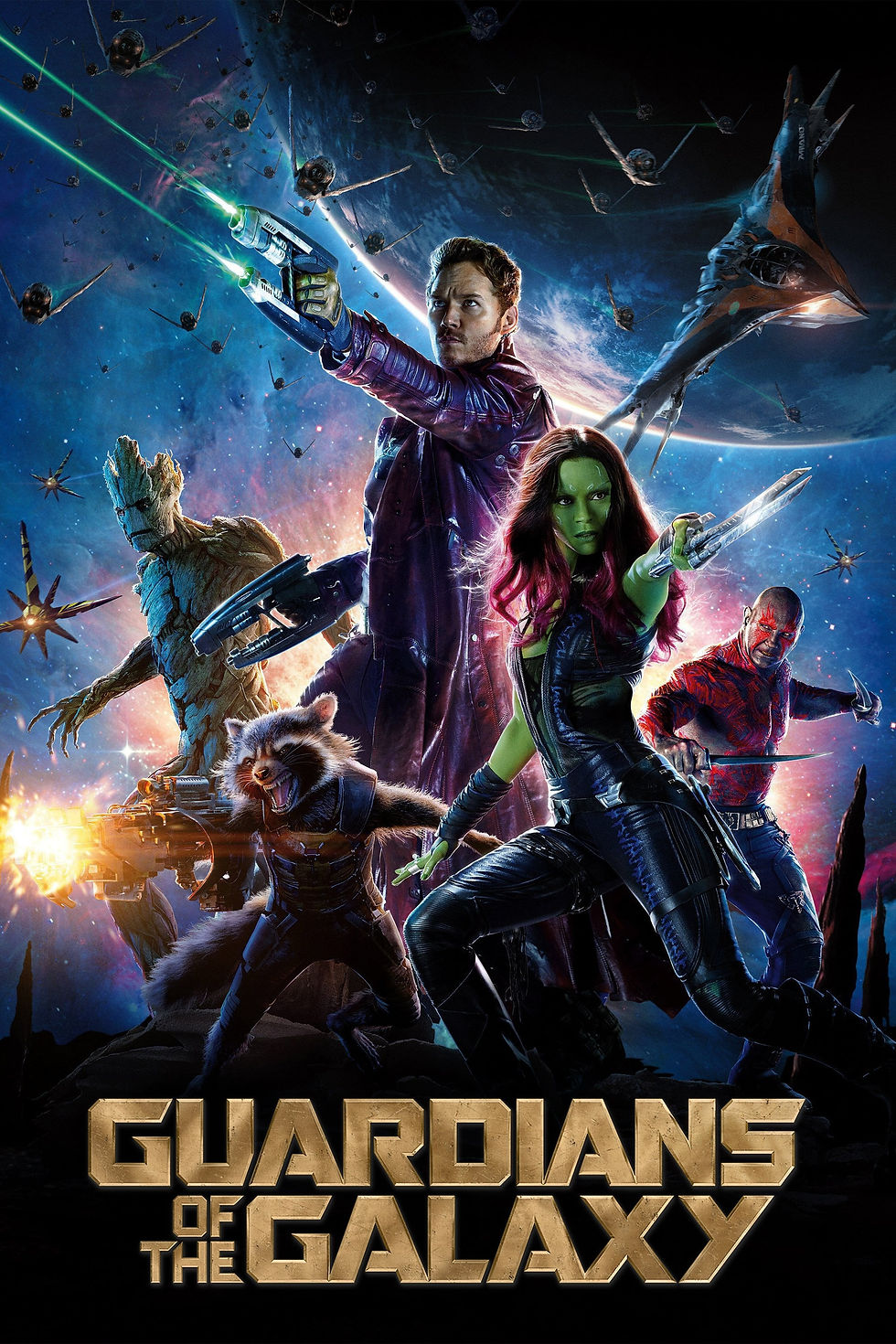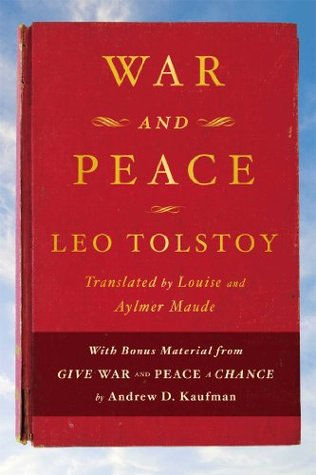All stories are about change. While a character may or may not change, their circumstances will. This change in circumstances puts the character into the jaws of conflict. The character must fight to return to their original status quo or struggle to adapt to a new one.
In one way or another, this is the essence of most movies. This is what the audience pays for. The logline, in basic terms, is a description of the conflict that arises from this change.
A logline is a single sentence of about 35 words that defines the story’s central conflict through the elements of story, including: context/setting, a flawed main character, their opposition, triggering event, stakes, goal, and tone.

With so much to include in one little sentence, it’s not surprising that crafting a logline can feel overwhelming.
It will help the writer to first identify these nine elements as they are in their story, then make sure they’re represented in the logline. In future blog posts, we will discuss each in more detail and how to bring them all together. Note: There are some subtle and obvious exceptions that are fully reviewed in Mastering the Logline.

CONTEXT/SETTING
Perhaps nothing is more vital to help the reader to visualize the story than context and setting. It serves as a familiar frame of reference for the reader, a visual anchor that helps the story as it unfolds. It may even be key to understanding the conflict in the story. Setting and context perform the function of familiarity, promising one half of the idea: “the same, but different.”

MAIN CHARACTER
The logline represents the central conflict of the main POV character. Of course, this doesn’t have to be a goal driven change character. The protagonist is only one of six basic types of main characters to consider, each with a distinct purpose. The goal pursuing protagonist will have different desires from the justice seeking hero. The goal of the trailblazer isn’t to change, but to have others change. The goal of the resister is to live their life as they see fit. The observer focuses the story on another character, and may not recognize their own problem until remarkably late. The Leader emerges from an ensemble cast. Understanding the different types of main characters will be one of the keys to unlocking a great logline.

OPPOSITION
There are three different types of opposition characters and four opposition forces to consider. The antagonist directly opposes the protagonist. The villain drives the story forward with their own agenda. The monster cannot be reasoned with. The four opposition forces are nature, culture, technology, and the supernatural. The one thing they all have in common: they stand in the way of the main character achieving their desired outcome. This is key to understanding the central conflict in the story.
THE TRIGGERING EVENTS & INCITING EPIPHANY
The triggering event sets the story in motion. It is personal to the main character. Whether a single event or the final straw in a series of events, the triggering event forever changes the status quo of the main character.

The inciting epiphany occurs after a triggering event, when the main character recognizes their status quo has changed. Facing immediate consequences for doing nothing, they are forced to pursue their desired outcome. While the epiphany is typically not in the logline, it is an important element to understand because it directly leads to what the character wants most. The inciting epiphany also echoes in the climax.

GOAL
The goal in the logline must be external to the main POV character. An internal goal relies on the character telling the audience whether it has been achieved. When the goal is visible, the audience is able to track the character’s progress on their own. It must also be achievable within the story. If it’s not, the audience will lose interest. A logline's most important job is to describe the conflict within a story. There are three elements to conflict: the main character, the opposition, and the goal. Conflict occurs when, facing direct opposition, the main character must achieve their desired outcome.

STAKES
If the character fails to achieve their intended goal, or fails to act, the result will be a fate worse than death, either metaphorically or literally. Of course, stakes can be relatively large or small. Whatever the size of the stakes, they must be personal and vital to the main character to such a degree that it demands action on their part.

FLAW
The logline should never make it obvious that the main character will succeed. The flaw describes the main character’s Achilles heel. The flaw makes their goal harder or impossible to achieve. However, there’s not much space in the logline to describe a character’s flaw. However, even a single, strong adjective can add a tremendous amount of complexity to the character.

TONE
The tone of logline must reflect the tone of the script. Word choices help to convey tone: the mood, attitude of the script. It also reinforces the genre. Every word counts.

LENGTH
A logline is typically one sentence long of about 35 words. These are not absolutes. It can be two sentences if the world or context requires more explanation. Clarity and brevity are key. Like the poet, the writer must find ways for words to serve multiple masters.
In future Nuggets we'll explore the elements in more detail and learn how to bring all the elements together in a cohesive sentence.
Go to Next Episode: Coming Soon!
Images used for instructional purposes only. Fair use, https://en.wikipedia.org/w/index.php?curid=1811896
Commentaires